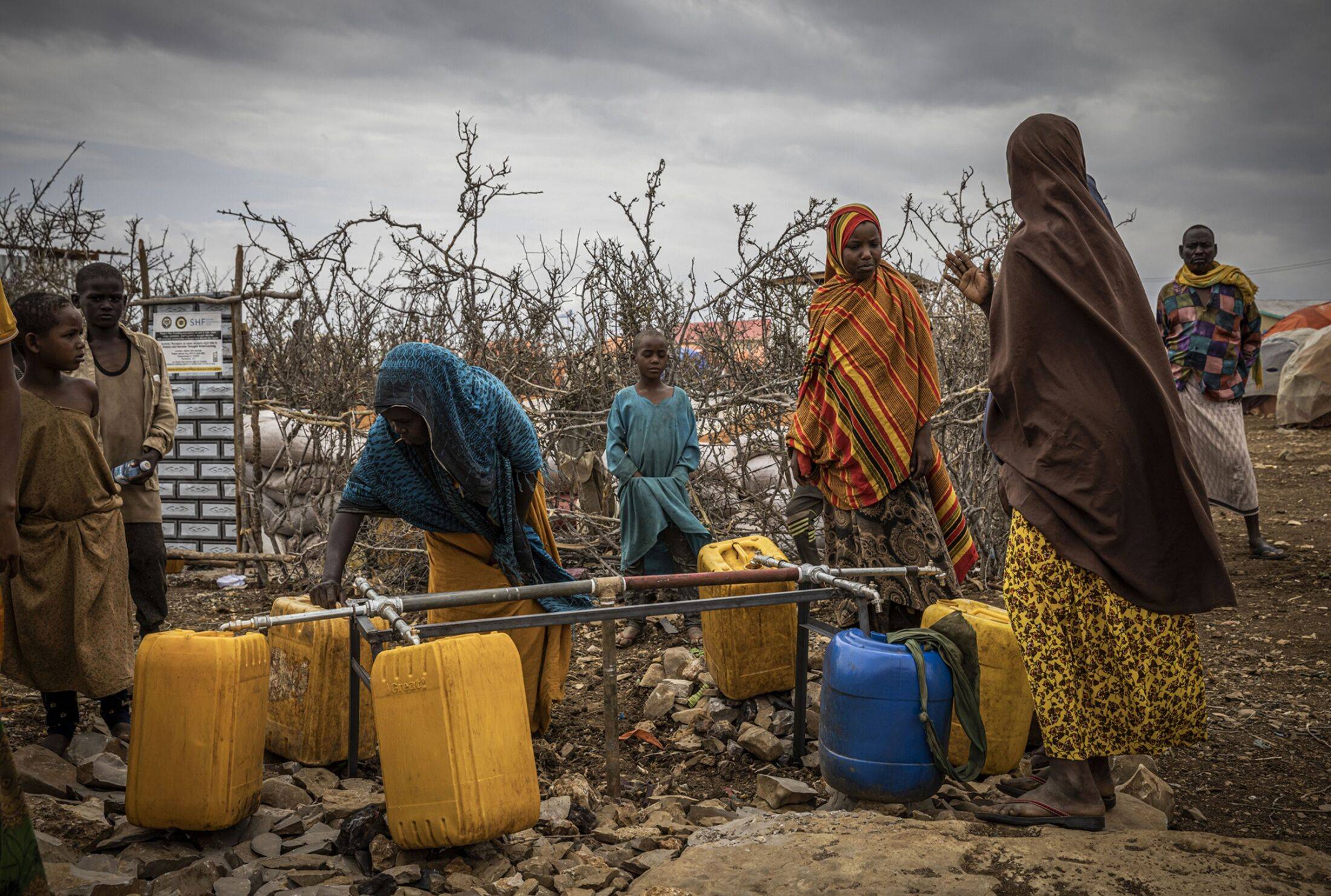The deadly combination of high temperatures and low rainfall that affected millions in the Horn of Africa was made about 100 times more likely by climate change.
Global warming is altering rain patterns and bringing more heat to southern Somalia, eastern Kenya and southern Ethiopia, according to a study by scientists at the World Weather Attribution network, which seeks to quantify the role of climate change in extreme weather events. Such exceptionally dry conditions have a 5% chance of happening in any given year on today’s warmer planet.
"People in the Horn of Africa are no strangers to drought, but the duration of this event stretched people beyond their ability to cope,” said Cheikh Kane, a policy advisor at the Red Cross Red Crescent Climate Center. "Five consecutive seasons of below-normal rainfall, combined with rain-dependent livelihoods and vulnerability multipliers, like conflict and state fragility, have created a humanitarian disaster.”


















With your current subscription plan you can comment on stories. However, before writing your first comment, please create a display name in the Profile section of your subscriber account page.